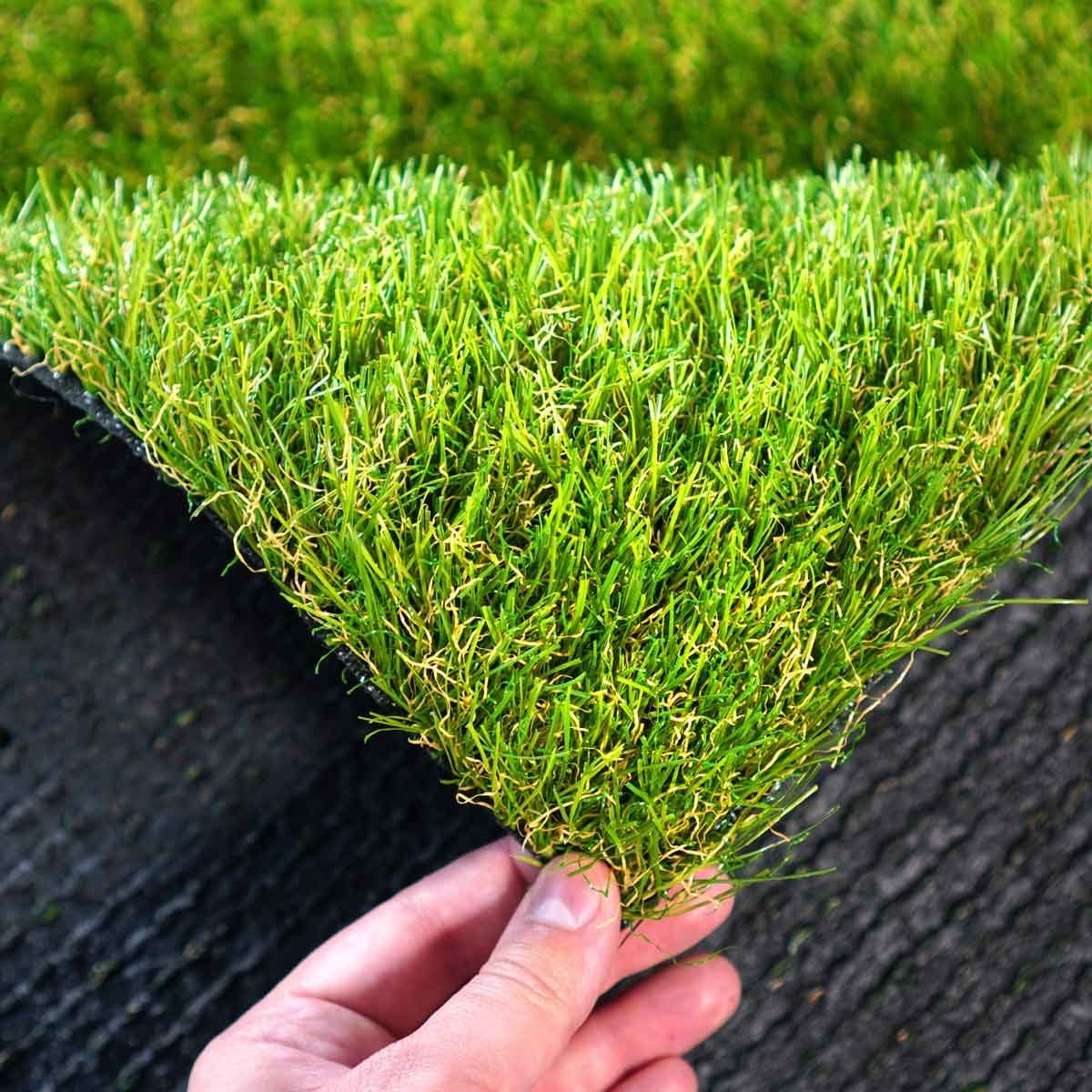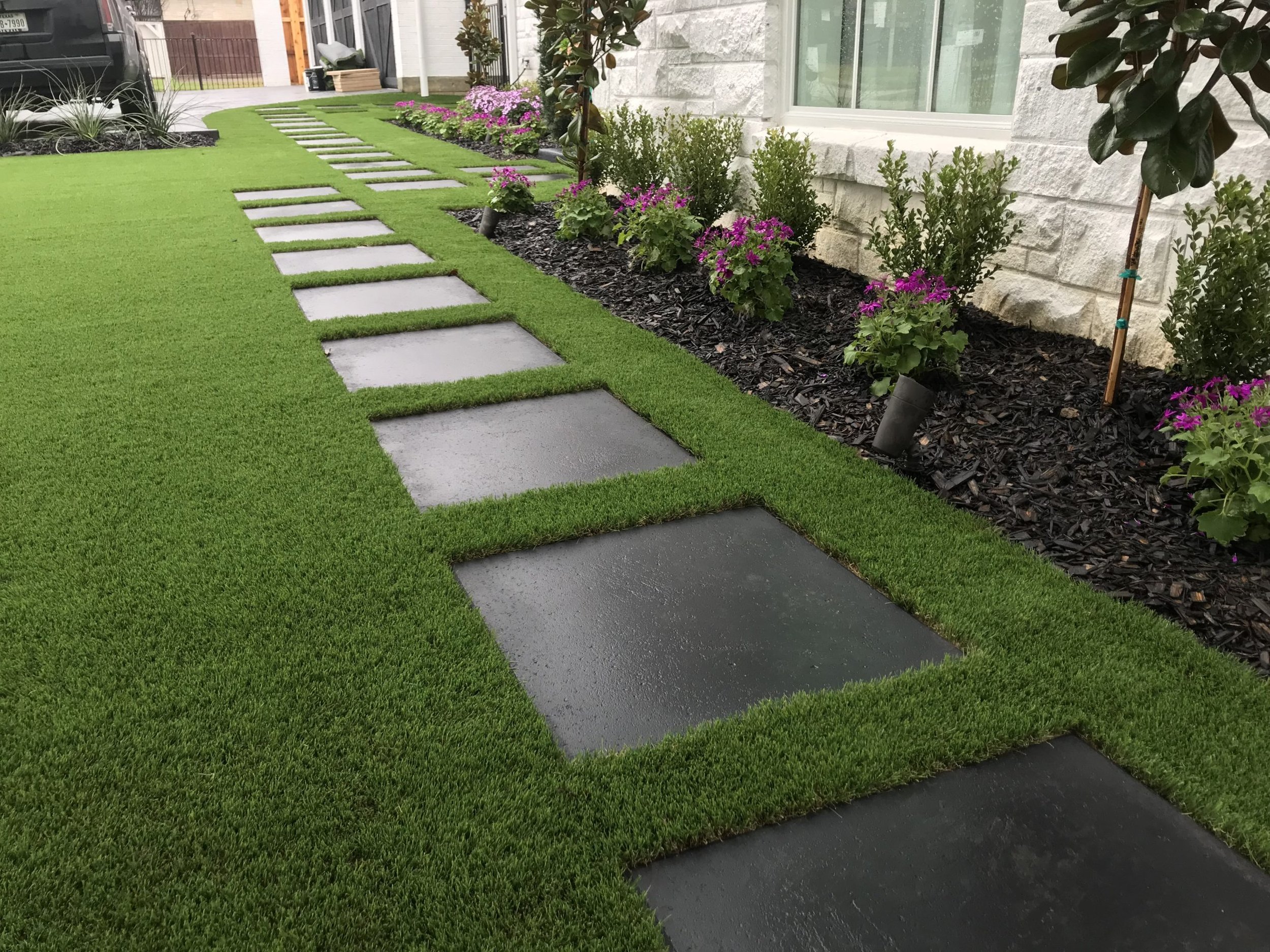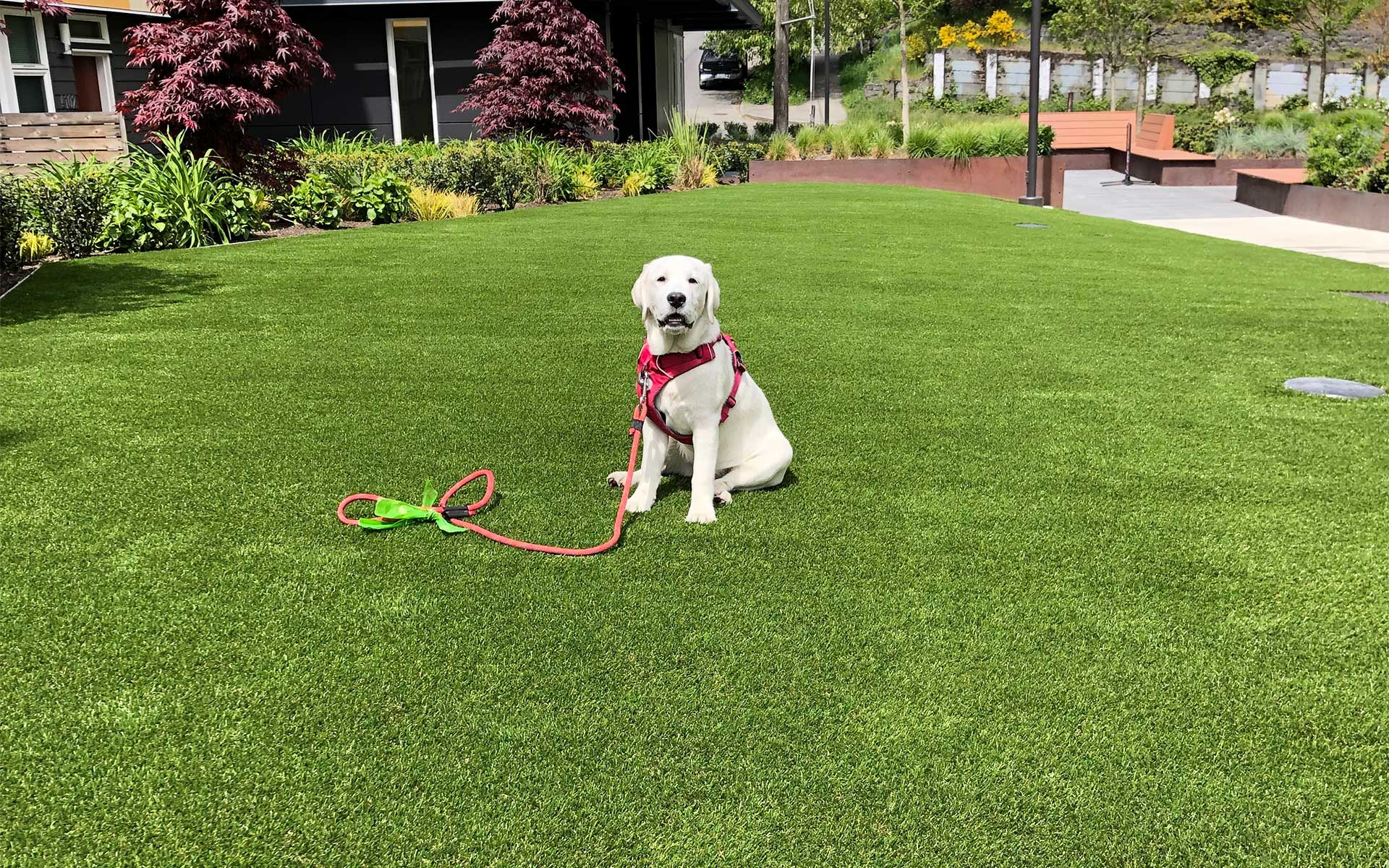Highly-Ranked Phoenix Turf Companies Specializing in Synthetic Grass Solutions
Highly-Ranked Phoenix Turf Companies Specializing in Synthetic Grass Solutions
Blog Article
Delve Into the Environmental Benefits of Opting for Synthetic Grass Solutions
The adoption of man-made lawn options offers a compelling chance to address pressing ecological obstacles. By significantly lowering water use and lessening the application of harmful chemicals, these options not just advertise sustainable landscape design however likewise safeguard neighborhood communities. Moreover, the reduced carbon impact linked with lowered upkeep tasks adds to a more lasting technique to land management. The ramifications of these advantages prolong beyond plain preservation initiatives, elevating questions about their long-term impact on environment preservation and overall environmental equilibrium. Checking out these measurements reveals a complicated interaction worth thinking about.
Water Conservation Advantages
One of the most substantial advantages of fabricated lawn is its capacity to save water. In comparison, artificial grass does not require watering, substantially lowering the general demand for water resources.
By getting rid of the need for regular watering, synthetic grass contributes to sustainable landscape techniques and aids reduce the ecological effect of extreme water usage. The conservation of water extends to the decrease of overflow, which can lead to soil disintegration and river air pollution.
Furthermore, the installment of synthetic turf enables property owners and towns to designate water sources more effectively, concentrating on crucial uses such as alcohol consumption water and farming. The shift towards man-made lawn not only promotes accountable water use yet likewise lines up with wider ecological objectives targeted at maintaining natural deposits.
As areas progressively focus on sustainability, the water conservation advantages of artificial turf offer a compelling situation for its fostering in business and residential landscape design tasks.
Lowered Chemical Use
The change to man-made turf substantially decreases the dependence on chemical therapies commonly used in natural turf upkeep. Traditional lawn management typically includes the application of herbicides, fertilizers, and pesticides to promote growth and control bugs. These chemicals can present threats to human wellness, regional wildlife, and the atmosphere, adding to dirt and water contamination.
On the other hand, artificial lawn gets rid of the requirement for these unsafe substances. When mounted, it calls for marginal maintenance, mainly containing regular cleaning and irregular infill replenishment. This decrease in chemical usage not just profits the immediate atmosphere but additionally adds to broader ecological stability. By reducing the release of artificial substances into the community, synthetic grass promotes healthier soil and water systems.
Additionally, the lack of chemical runoff related to synthetic grass installments aids secure local rivers from air pollution, supporting marine life and maintaining biodiversity. Phoenix turf companies. As communities significantly focus on lasting practices, choosing artificial lawn provides a sensible option that aligns with environmental preservation goals. Via this change, home proprietors can delight in lavish green rooms without jeopardizing ecological wellness, paving the method for an extra sustainable future
Lower Carbon Impact

In addition, the installment of synthetic grass can lead to significant water preservation. All-natural yards call for considerable amounts of water for irrigation, which not just includes in the carbon impact related to water removal and treatment but likewise strains neighborhood water sources. On the other hand, synthetic lawn requires very little maintenance, requiring no watering, thereby considerably decreasing water usage and its connected energy expenses.
In addition, the longevity of synthetic grass adds to its reduced carbon effect. With a lifespan of approximately 15 years or more, the requirement for constant substitutes is decreased, leading to much less waste and reduced energy usage in production and taking care of conventional lawn alternatives. In general, artificial turf offers a lasting alternative for eco aware landscape design.
Habitat Preservation
Habitat preservation is an essential consideration in the debate over landscape design choices, especially when comparing synthetic grass to all-natural lawn. Natural grass yards commonly need comprehensive maintenance, consisting of the use of chemicals, herbicides, and fertilizers, which can adversely impact local ecological communities. These chemicals can leach into the dirt and waterways, hurting indigenous plants and animals and interrupting neighborhood habitats.
Artificial turf gets rid of the need for damaging chemicals, consequently safeguarding like it nearby wildlife and preserving the stability of bordering communities. The setup of artificial grass can lead to the conversion of previous yard locations right into more biodiverse landscapes, such as pollinator gardens or native plant locations, which can support neighborhood wild animals.
Ultimately, the change to synthetic grass not just conserves water and reduces upkeep efforts yet additionally cultivates a more harmonious partnership between human tasks and the natural surroundings, promoting habitat conservation at the same time.
Long-Term Sustainability
Long-lasting sustainability is a vital consider reviewing the benefits of synthetic grass over conventional yard lawns. One of one of the most substantial advantages of synthetic grass is its sturdiness; it can last as much as 15-20 years with very little upkeep, whereas natural lawn calls for constant reseeding and replacement. This longevity reduces the need for constant resources, such as water, plant foods, and pesticides, which are essential for preserving a healthy and balanced yard yard.
In addition, artificial turf adds to a decrease in carbon emissions linked with yard treatment equipment. Standard yards commonly require gas-powered lawn mowers, trimmers, and blowers, every one of which contribute to air pollution. Turf installation phoenix az. On the other hand, man-made lawn removes the requirement for such equipment, promoting a cleaner atmosphere
Moreover, the production of man-made grass significantly makes use of recycled products, boosting its sustainability account. As makers take on eco-friendly methods, the environmental impact of man-made lawn remains to lessen.

Conclusion
The adoption of man-made grass options presents substantial environmental advantages, consisting of substantial water preservation, decreased reliance on dangerous chemicals, and a lower carbon footprint. In addition, artificial lawn aids in preserving natural habitats by reducing land disruption and advertising long-lasting sustainability via the usage of durable products. Collectively, these factors underscore the possibility of artificial lawn to add positively to environmental health and wellness and provide a viable alternative to standard landscape design techniques in an increasingly resource-conscious globe.
In comparison, look these up man-made grass does not need watering, considerably decreasing the overall need for water sources. By minimizing the launch of artificial compounds into the environment, man-made lawn promotes healthier soil and water systems.
Additionally, the installment of man-made grass can result in significant water conservation. In comparison, fabricated turf requires minimal upkeep, calling for no watering, consequently significantly minimizing water use and its associated power costs.

Report this page